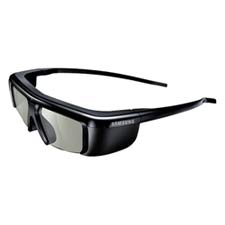
Growing up I remember the first time I saw a commercial that channel 11 was planning on broadcasting an actual 3D movie from the 1950’s! It was House of Wax with Vincent Price. In order to view the 3D, you needed special 3D glasses that contained both red and blue lenses or a very early version of polarized glasses which we will discuss later on in this article. For the movie industry it was a very exciting time, indeed!
Fast forward to present day and it seems that almost every movie being released in the theaters are filmed in 3D! Personally, I have no problem with that, providing the story is not sacrificed due to gimmicky 3D. What I do have a problem with is the up charge of $3 to $4 for the plastic recycled 3D glasses. To add insult to injury, the theater asks for the glasses back to be recycled so they can charge someone else another $3 to $4 for the same glasses without giving you any incentive. Perhaps a coupon for a few dollars off at the “overpriced” concession stand, maybe?

Example of Active 3D glasses

Example of Passive 3D glasses
My advice for anyone thinking about purchasing a new TV is to go to their local electronics store to see for yourself how the two options look to you. Many stores have working demos so you can judge for yourself. Yet don’t expect too many knowledgeable answers from the associates there (something we have unfortunately all come to realize). They seem to be concentrating more on selling extended warranties and signing up new store credit card users than knowing the differences and options of their TV merchandise. Do make use of readily available information from Electronics review sites such as CNET.com, ConsumerReports.org, and others prior to making your trip to the store. It will empower you to make the best hands on decision both in terms of price and technical know how.
What’s been your experience with 3D Televisions?




